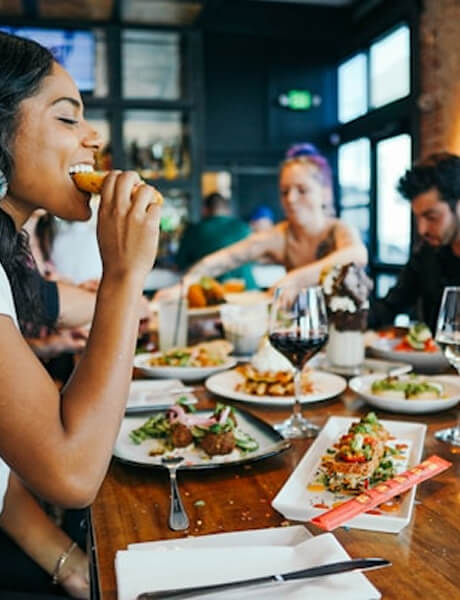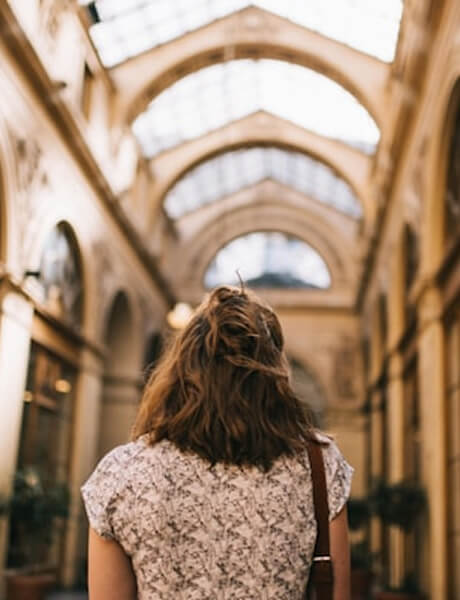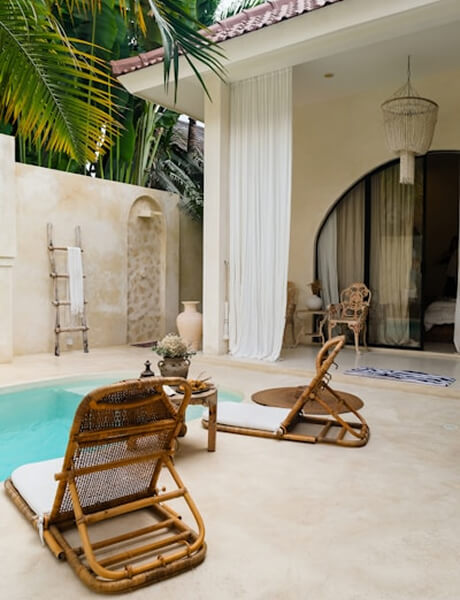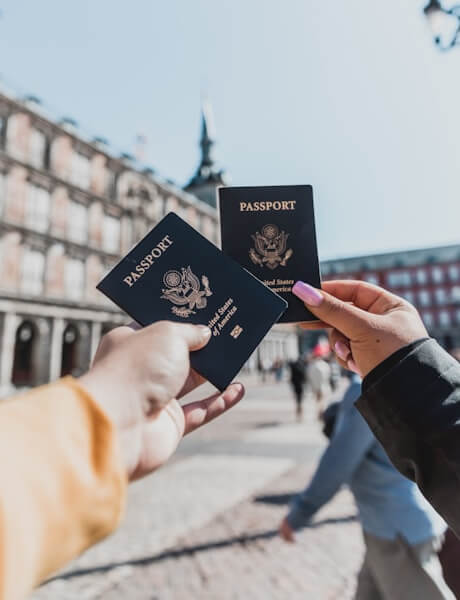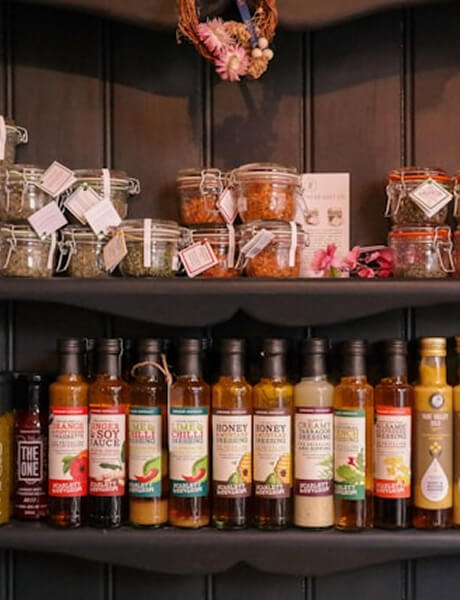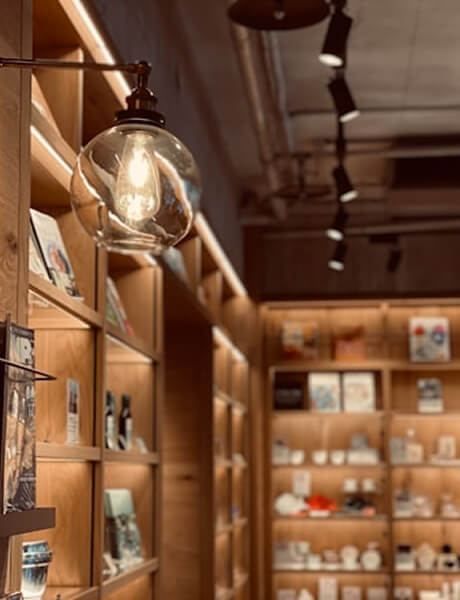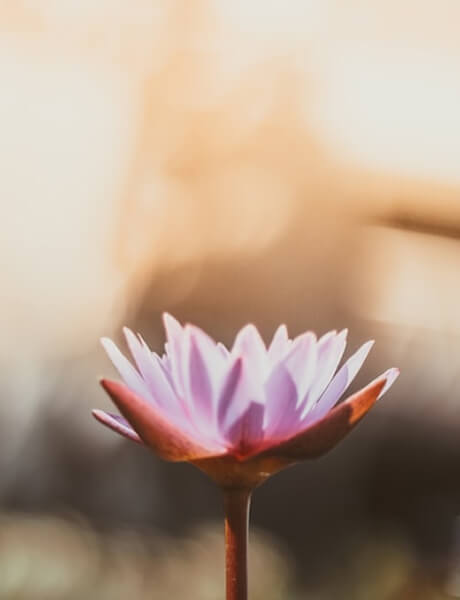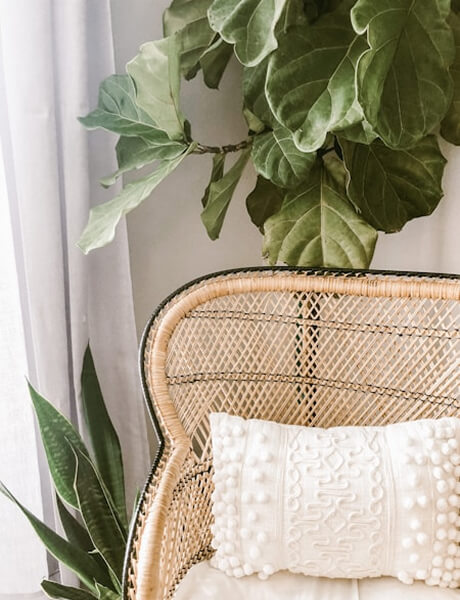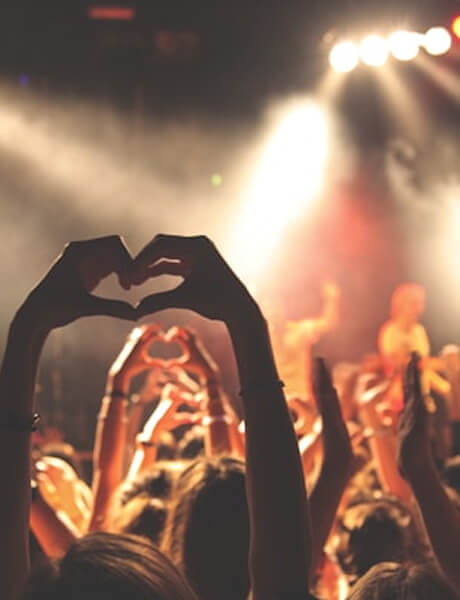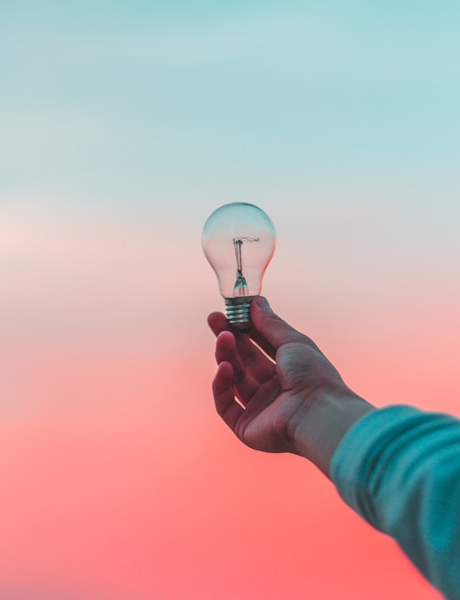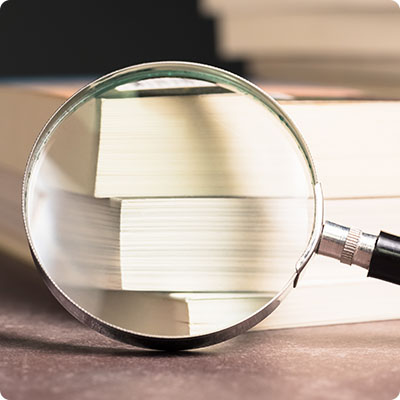
Travel guide Marrakech
The best time to go à MARRAKECH
Practical information for travel à MARRAKECH
Get your travel guide: MARRAKECH

What to see what to do à MARRAKECH?

Where to go à MARRAKECH?
The most beautiful tourist sites
Other nearby tourist attractions de MARRAKECH
Petit Futé's best addresses à MARRAKECH
Discover the most beautiful addresses selected by the authors of Petit Futé.
Featured articles de MARRAKECH

Where to go in October ? The best destinations in 2025
Updated on 06/02/2025 Ideas for holidays & weekend
With autumn in full swing and summer vacations already a long way off, are you in a gloomy mood? There's nothing like a trip to recharge your batteries. But where to go in October? Following on from...

Where to sunbathe this winter? The best destinations
Published on 26/11/2024 Ideas for holidays & weekend
As France heads into its long winter, the desire to finish or start the year in the sun is already making itself felt. Here's a closer look at the sunny destinations not to be missed this winter....

Where to go for thalassotherapy? Top 15 destinations
Published on 08/10/2024 Activities and experiences
Do you dream of getting away from it all and recharging your batteries in idyllic surroundings? Thalassotherapy, which combines the benefits of seawater and marine treatments, is an ideal solution...
How to travel à MARRAKECH
How to go alone
Well served, Marrakech is a safe city for independent travelers. Marrakech has a tourist police force that is very attentive. The usual precautions are required, but no more: beware of pickpockets in the souks, the medina is very secure, but do not follow a stranger.
How to go on a tour
Marrakech is part of most tours offered by tour operators but it is possible to make a stay of 4 to 8 days essentially focused on Marrakech around different themes which can be, for example, the crafts and souks or the charming riads. You can also combine a visit to Marrakech with an escapade in the surrounding nature, especially in the Ourika Valley.
How to get around
To visit Marrakech, a car will be cumbersome; you will prefer walking and small cabs. The medina belongs to pedestrians, two-wheelers and carts. The easiest way to get around is really on foot. In any case, you won't be given much choice: cabs refuse to take you through most of the medina's crowded alleys. Concerning traffic, Marrakech has a specificity: it is the only city in the country where you will see girls driving scooters.
Book your next trip with Kayak
Travel à MARRAKECH
Ideas for holidays and week-end breaks à MARRAKECH
Services
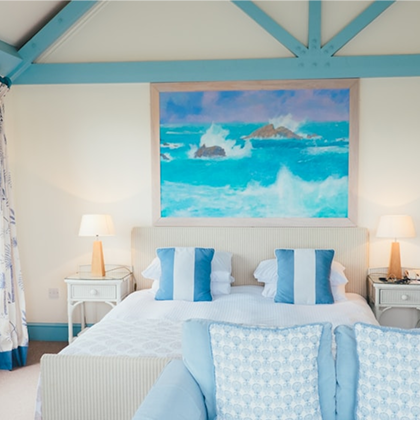
Find a hotel with Booking.com
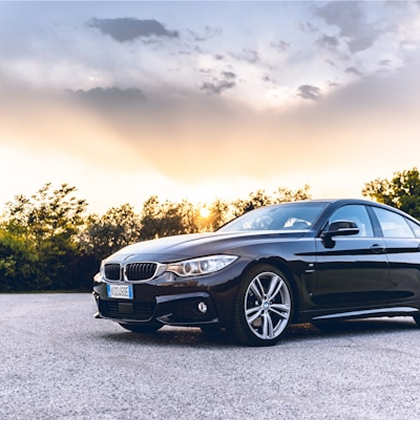
Rent a car with Bsp-auto

Create a blog and travel journal
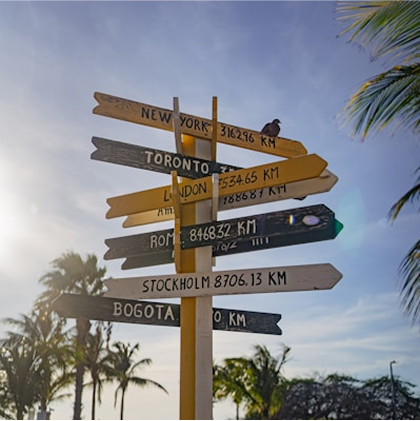
Find an agency with Quotatrip
Find unique holiday offers with our partners
Discover MARRAKECH
The Red City, as it's known, stands sentinel at the gateway to the Sahara. From its beginnings as a vast palm grove in the heart of an arid plain, it has established itself as the country's tourist capital. In fact, it's hard not to fall under the spell of its many fragrant gardens, markets, palaces and mosques Take part in its vibrant cultural life and admire its rich arts and crafts? Marrakech is a large part of Morocco, with two distinct faces. On one side, the medina, with its labyrinthine alleyways teeming with inhabitants, craftsmen and tourists. On the other, a more modern, cosmopolitan city, built under the French protectorate, with its brand names and hotel complexes rivalling in luxury. Marrakech is a destination of choice, combining dynamism, elegance and authenticity with the timeless allure of an oasis in the heart of winter.
The 12 keywords à MARRAKECH
Baraka
The term refers to divine grace, luck. If it's not natural, it can be obtained by invoking a holy man or, better still, by making a pilgrimage to his zawiya or shrine. To ensure divine protection, you need to collect earth from around the mausoleum and keep it as a lucky relic. Baraka Allah oufik!

Caftan
In the fashion family, we ask for the caftan. Highly modernized, cut from noble materials (silk, velvet), it has become the centerpiece of every Moroccan woman's wardrobe, and is a must-have for any celebration. Today, the caftan is a favorite of top designers, and even Madonna wore one to celebrate her 60th birthday!

Carriage
Marrakech's horse-drawn carriage drivers are now dressed in an attractive red uniform. Very attractive to tourists, this ancestral means of transport has become an emblem of the city. In support of this ancient craft, don't miss out on a romantic ride to the Menara Basin or a tour of the ramparts.

Spices
It's THE secret of Moroccan cuisine. The Saharan caravans that traded spices from the Orient passed through here. It's impossible to escape their presence, in the form of multicolored mounds: they're everywhere, in the souks, in the Mellah... We go for the ras-el-hanout to be ground on the spot.
Fondouk
The rehabilitation of the medina includes the restoration of caravanserais or fondouks (the forerunner of the inn), benefiting over 400 craftsmen in the copper and leather trades. Some, like the Sidi Abdelaziz fondouk, are very old and bear witness to an authentic cultural wealth.
Hadj
This term meaning "one who has already performed the pilgrimage to Mecca at least once in his or her life" has become a mark of respect and reverence accorded to these exemplary devotees, and by extension, to most elderly people. Don't hesitate to use it to ask an old man for directions, it will be greatly appreciated.
Hammam
First and foremost a social function, as people go there to wash, but also to discuss, negotiate and get the latest news. It's also a purifying stage before collective prayer. Top-of-the-range hammams are refined, but the experience is less authentic than the traditional neighborhood hammam, which immerses you in real life.
Ksar
A ksar( plural:ksour ) is a fortified village, usually built of adobe and reinforced with beams, whose bare walls form a bulwark against attack. Each ksar has fortified corner towers, built on either side of a collective granary(agadir like the town) and terraces where rural social life takes place.
Ramadan
Every year, as throughout Morocco, Marrakech lives to the rhythm of the holy month of Ramadan. In the city's 500 mosques, during Salat al Ichaa and Tarawih, prayers are raised to the heavens, imploring Allah's mercy. It's also an opportunity to break the fast with friends and family over ftour.
Regraga
The Regraga brotherhood, one of the oldest in the Muslim world, celebrates the awakening of nature, one of the most important spiritual events. Early spring sees the start of the Grand Daour, a 40-day pilgrimage, usually by donkey, to the Chiadma region. An agrarian rite, but also a commemoration of Islamization.

Rose
Morocco is ranked3rd worldwide producer of the rosa damascena, a variety that arrived with the passage of Syrian pilgrims over 300 years ago. The Dades Valley produces a rose water with a PDO label, but also an aromatic oil of great value used for aromas and perfumes. It is found everywhere and of very good quality.
Tadelakt
This word won't escape your ears. It's a texture for bathrooms, a mixture of lime, white cement and pigments. It's soft to the touch and waterproof, which is why it can also be used outdoors. In Arabic, tadelakt means "to massage, to caress".
You are from here, if...
You say inch'allah every time you finish a sentence. Especially when nothing is certain or guaranteed.
You can't escape the Friday lunchtime couscous. It's a ritual, and for those who work, the break is extended by several hours to accommodate it.
You show great flexibility, with plenty of maken mouchkil ("no problem"). And at the same time, you learn patience.
You drink liters of mint tea all day long. Not only does it keep you hydrated, but it's an opportunity to share and socialize.
You give in to the endless greetings (how's your mother, your family, and the youngest?). It's a tradition and an essential step towards integration.
You eat with your right hand in the communal dish, with great dexterity. Only your thumb, middle finger, index finger and bread act as forks.
You wear a djellaba and babouches, at least at home. A comfort you can't give up once you've tasted it.







